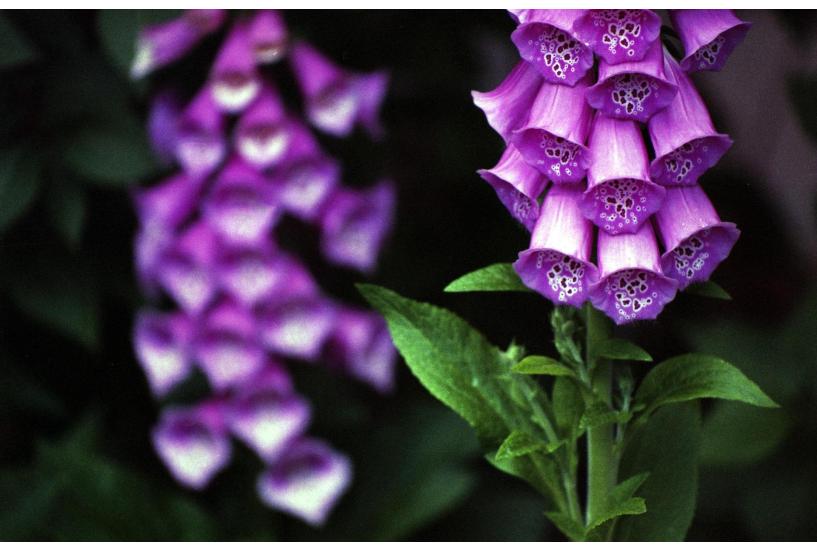What is the Poison Path?
by Coby Michael, author of The Poison Path Herbal: Baneful Herbs, Medicinal Nightshades, and Ritual Entheogens
The Poison Path is a spiritually based practice and branch of occult herbalism that explores the esoteric properties of potentially deadly plants. While many of them have entheogenic qualities, it was their poisonous nature that first attracted me.
In my book, The Poison Path Herbal, I explore the magical and spiritual uses of baneful herbs, entheogens, and plant spirit allies, as well as their history and mythology. I personally came to know the uses of these plants through the practice of witchcraft and folk herbalism. It is through this lens that I have gained my own personal gnosis in regard to the intimate connections that some of these plants share with the practice of witchcraft and the ancient cultures that preceded Christianity.
Baneful refers to the ability of a thing to cause harm, and because of this threat, the baneful thing becomes taboo and gains a sinister reputation. In this case, we are talking about baneful herbs: herbs capable of causing bodily harm and sometimes death. They are plants that have been used for murder, execution, magic, and medicine throughout human history. Their prominent and often maligned place in the human pharmacopoeia is owing to their potency. Baneful herbs make powerful medicines, often valued for their pain-relieving and sleep-inducing properties. Many of the plants in this category have a profound effect on human perception.
To tread the Poison Path requires drawing on knowledge from several areas: chemistry, alchemy, herbalism, folklore, and history. It also incorporates ethnobotany and entheology, fields of study that encompass many different cultures and time periods and are not limited to a specific tradition or a single group of plants.
As one becomes intimate with the characteristics of these plants, shared traits become noticeable. Many of the hexing herbs of European witchcraft derive from the same family, the Solanaceae, or nightshade, family. They are surrounded by superstition and lore, initially appearing to be fantastical, like the secret names for more mundane ingredients like bat’s wing or eye of newt. Upon further investigation similar themes in mythology begin to emerge. Many of these plants are mythically associated with deities and spirits of the underworld, the night, and magic, for example Hecate, Circe, and Medea, who are renowned for their knowledge of poisons, potions, and witchcraft.
The plants are connected to deities of magic and witchcraft, ancient spirits credited with bringing knowledge to humanity early on in human history. Many ancient cultures have similar myths about renegade gods coming to Earth to gift humanity with some sort of knowledge. Spirits from the wilderness or the underworld emerge at times to school an individual in the arcane arts. Each myth seems to contain a seed of an earlier source, allowing us to trace the origins of the ideas surrounding these important botanicals far back in human history. Among the stories and lore surrounding these plants are planetary and elemental correspondences attributed to them. These stories and associations give us clues to the nature of the spirits that dwell within and around these plants. Their innate energies can be honed by the magical practitioner to bring about a desired effect. Once an intimate understanding of their nature is formed, we can delve deeper into our own personal gnosis surrounding these plant spirit allies.
Throughout my book, I look at the mythological origins of many of these herbs, their legends, and the superstitions that have formed around them. Through an investigation of their esoteric associations and magical correspondences, we can learn how to communicate with the genius of the plant and add powerful symbolic nuance to our rituals.
Medieval superstition has connected many of these plants with the Christian devil and with evil spirits in general, and a culture of fear and trepidation was encouraged around them. It has been suggested that some of the accounts of witchcraft during this period were due to hallucinations brought on by their consumption. One thing is for certain: the connection that these plants have with magic, the spirit world, and the beings that have brought knowledge of such things to humanity is undeniable. These plants have an innate affinity with the nocturnal world of spirit and the arcane secrets hidden in the earth.
It is not surprising then that many more practitioners are opening up to the idea of exploring these plants as spiritual allies in magical practice despite their reputation for being too dangerous to work with. As we integrate these chthonic and Saturnian energies that are a prominent part of traditional craft practices, we learn to work with our own shadow as well as the darker forces of the natural world.
Much importance and inquiry has been placed on specific dosage and how to prepare formulas for entheogenic use through ingestion. Although there is a growing body of information based on experimental practices from modern practitioners, and some obscure medical references for the use of these plants, this is where one is largely left to walk the Poison Path for oneself. While there are guidelines, as well as more information available with an increasing number of practitioners sharing their entheogenic experiences, personal exploration and learning are key.
There are several ways to work with these powerful spirits, just like those plants used for healing. By using flower essences, ritual incense, oils, fetishes, and charms, one can come to understand safer esoteric ways of working with baneful herbs. The hallucinogenic and trance-inducing properties that they have are a small facet of the rich spiritual properties that can come from a working partnership with these botanical allies.
The variations in alkalinity among different plants and the many factors that contribute to how concentrated the alkaloids are in any given plant are part of the unpredictability characteristic of these teaching plants of a darker nature. They are the tricksters and shapeshifters of the plant world. They can act as both poison and panacea and teach us about boundaries and limitations that we would otherwise not approach. Their visions are often terrifying; their amnesiac qualities can sneak up on a practitioner who may not realize he or she was delirious until the effects of the plant have begun to subside.
TREADING THE POISON PATH IN MODERN WITCHCRAFT
Modern advances in phytochemistry and plant medicine have taken us to a place where we as practitioners can blend science with magic; however, advances in the chemical extraction of these substances for pharmaceutical use have created a dangerous tool in the wrong hands. These powerful alkaloids in their pure state have resulted in many negative experiences and sickness in those seeking recreational highs by exploiting these sacred herbs. Many people, upon hearing of their use in spirit work and witch’s flight, view these plants as magical potions, nothing more than a pill that can be taken to gain its prescribed effect. But these sacred plants are not a shortcut to spiritual knowledge or magical power, just as they are not pleasant highs to be chased by the recreational drug user. From a magical perspective, these plants cannot simply be reduced to something profane and utilitarian.
The baneful plants are autonomous entities offering experiential gnosis; the path of exploring their mysteries must be tread individually. These plants do not give up their mysteries easily. Just as with animal spirits, an intimate bond must be forged on a one-to-one basis, and in many cases, the spirit does the choosing. Ritual and relationship are the keys to working with these plants and unlocking their mysteries. The ritual process is just as vital a part of this practice as the active components of the plants themselves. They are tricksters and sometimes adversaries, their effects and potency always changing. Many people are concerned about dosages, knowing that these plants are poisonous. I, however, think it is good that there are no universally prescribed dosages; no one can say for certain what one plant will do for another person. The prospect of potential poisoning and unpleasant side effects keeps the dabblers at bay.
It is important that we do not forget what brought us to these plants to begin with. Their practical use and growing prominence in modern witchcraft continue the ancient tradition with these powerful botanical allies. The lore surrounding these plants continues to grow and transform as we gain new insight through direct communion with these plant spirits.
By providing a wealth of ideas and practices as well as useful and accurate information to draw from, I aim to encourage you to embark on your own exploration with these powerful plant spirit allies.
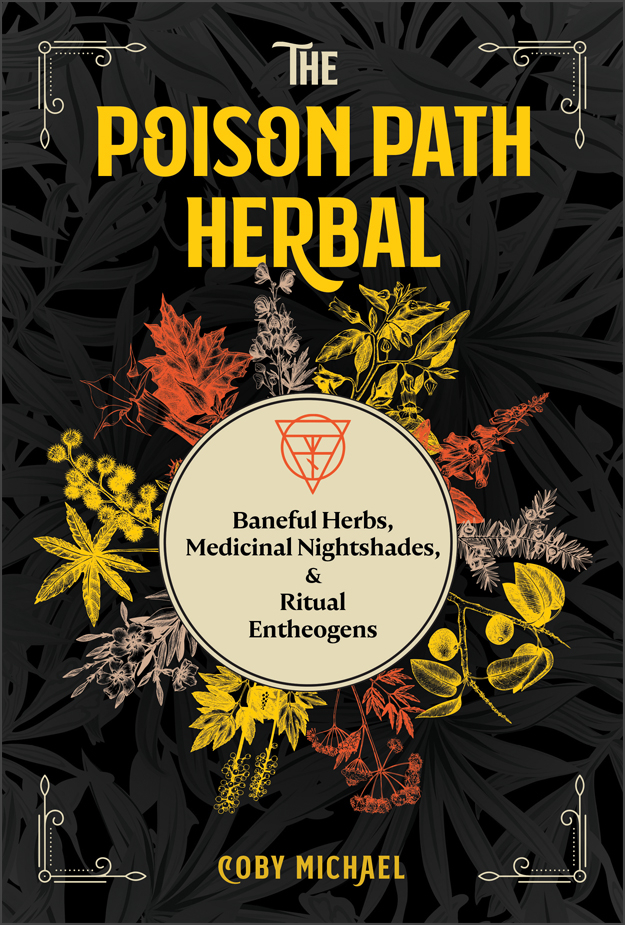 |
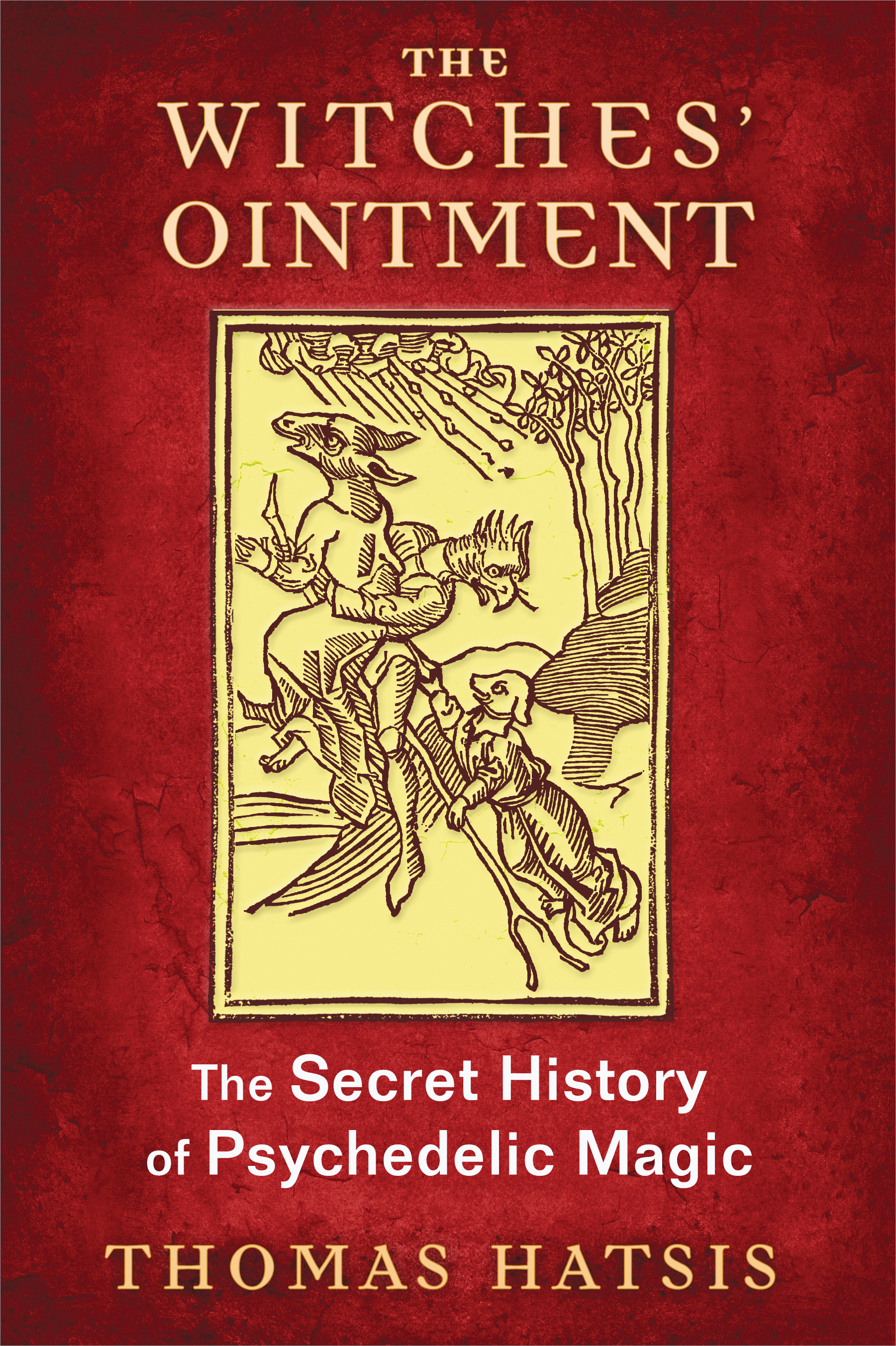 |
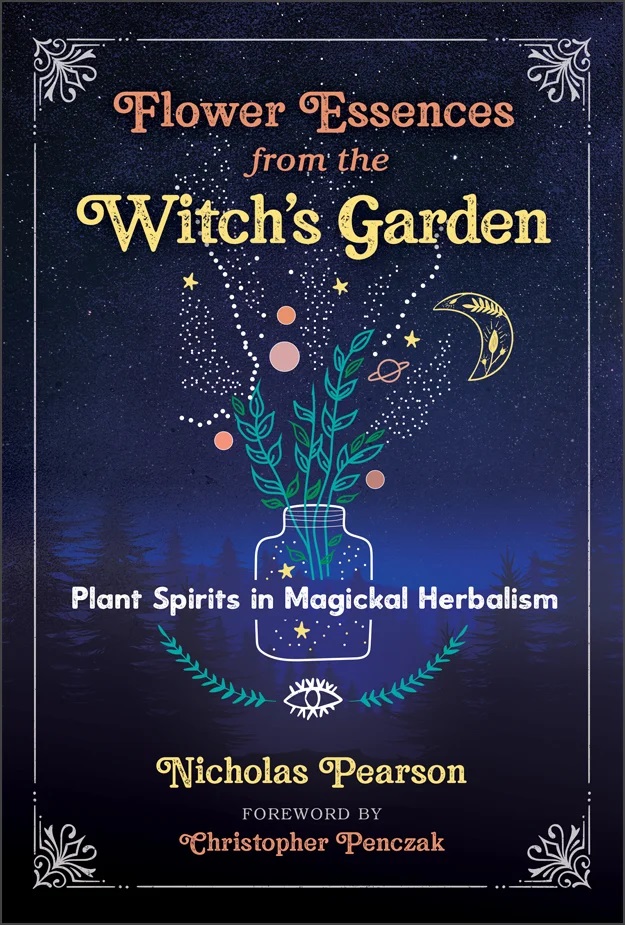 |
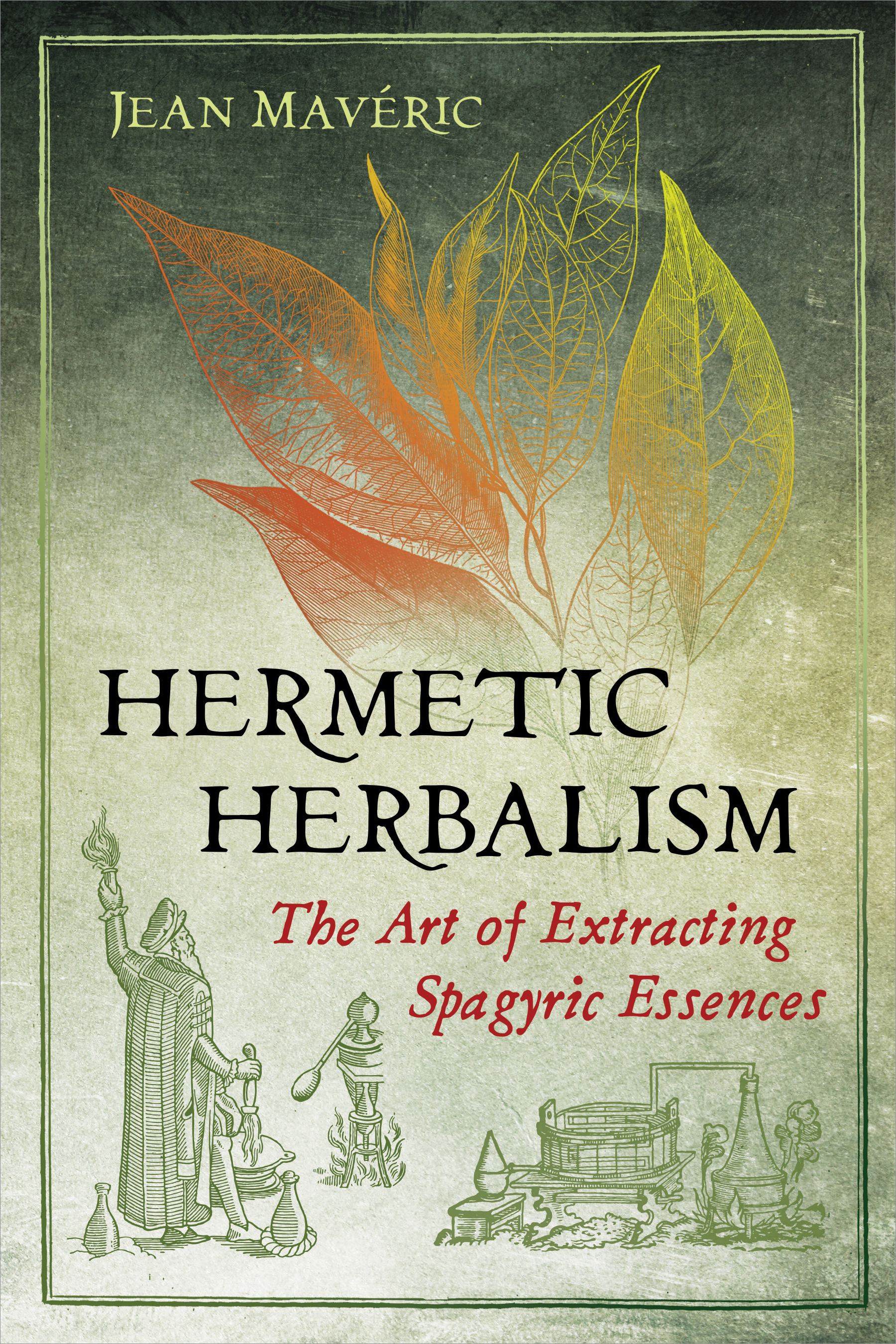 |
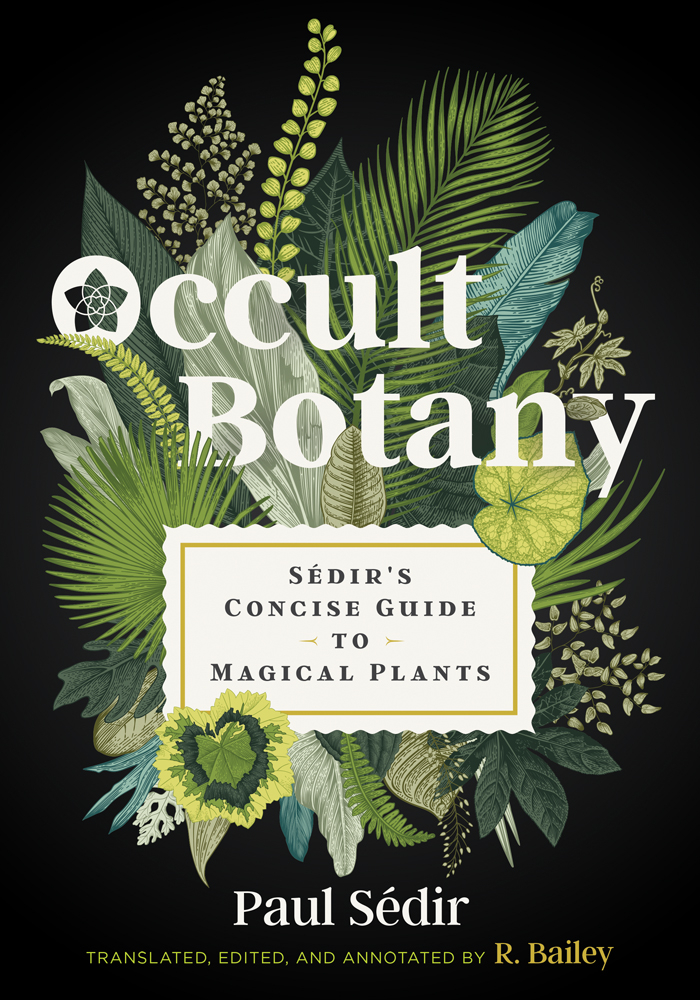 |


